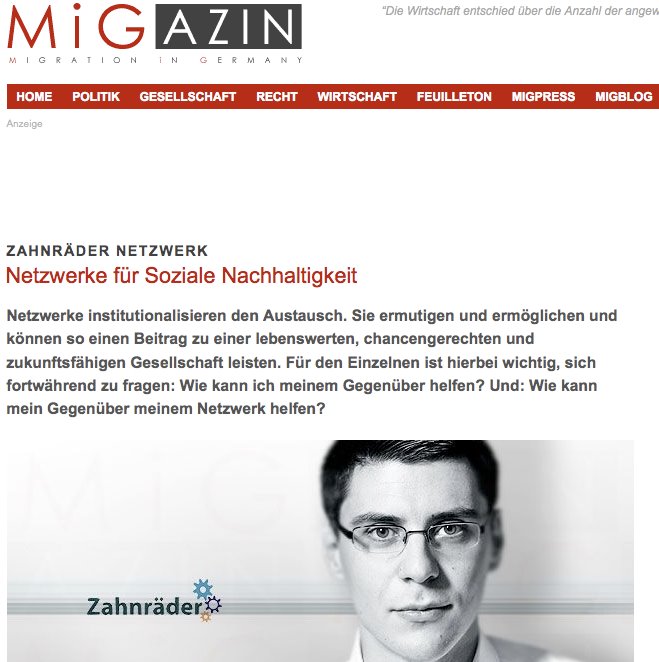 Ein kurzer Rückblick und Ausblick. Ein paar Gedanken.
Ein kurzer Rückblick und Ausblick. Ein paar Gedanken.
Vor genau 2 Jahren hatte ich zusammen mit einem Stipendiaten der SDW und einer Freundin aus Harvard und Cambridge das Exist-Gründerstipendium mit einem Gesamtwert von 100.000 Euro des Bundesministeriums für Wirtschaft und Technologie gewonnen.
Wir wollten mit diesem Fördergeld Bildung öffnen und das, was wir in Oxford und Cambridge genießen durften, mehr Menschen zugänglich machen. Ziel war eine Art Meta-Online Universität zu gründen.
// Bildung & ein Quäntchen Weisheit
Die Zusage für das Fördergeld kam damals leider etwas spät. Sie kam zu einem Zeitpunkt, vor dem wir uns alle bereits anderweitig verpflichtet hatten. Deshalb entschieden wir uns in dieser Phase, die Förderung erst einmal nicht in Anspruch zu nehmen.
Allerdings sind wir – bin ich – Bildungsthemen weiterhin leidenschaftlich verbunden: sei es in Forschung, Entrepreneurship oder Literatur. So präsentierte ich vor einigen Tagen auf der AOM ein Paper zum Thema Akademischen Entrepreneurship, das ich zusammen mit Thomas Bohné verfasst hatte.
Auch das Zahnräder Netzwerk widmet sich tiefgreifend der Vermittlung von Wissen im Bereich des sozialen Unternehmertums und der sozialen Innovation. Und für nächstes Jahr ist ein Buch im Rahmen des Think Tank 30 des Club of Rome im Vergangenheitsverlag geplant.
Das Buch widmet sich den sieben Tugenden Mäßigung, Weisheit, Mut, Gerechtigkeit, Liebe, Glaube, Hoffnung. Ich werde u.a. das Kapitel über Weisheit und hierbei über nachhaltige Bildung schreiben. Einige der Kernfragen sind: Wer darf lernen? Wie gerecht ist der Bildungszugang wie auch Bildungsweg? Was wird gelernt? Wie vielfältig ist und sollte Bildung sein? Wie lernen wir? Wie sieht die Zukunft von Bildung aus?
// Bildung der Zukunft
Ich bin weiterhin davon überzeugt, dass es in 10 bis 20 Jahren mehrere Universitäten mit jeweils über einer Million StudentInnen geben wird. Denn solche Universitäten haben die Möglichkeit, viele Menschen zu erreichen, qualitativ hochwertiges wie auch sehr spezielles Wissen anzubieten, Flexibilität zu schaffen, Skalenerträge zu ermöglichen und kostengünstig Wissen zu überarbeiten und bausteinartig zusammenzufügen.
Der Mensch im 21. Jahrhundert wird kontinuierlich lernen (müssen). Er braucht weniger einen begrenzten Universitätslebensabschnitt sondern lebenslange Bildungsabos und -module, die zeitlich, örtlich wie auch inhaltlich individualisiert werden können. Dies ist kein Substitut zu einem tiefgreifenden Studium, es dient als komplementär.
Bei all dem Wandel ist eines sicher: Bildung bleibt spannend.



